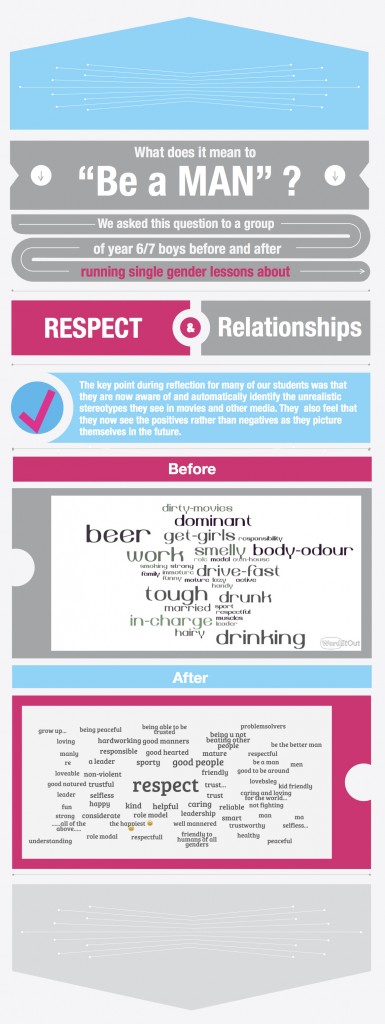Digital Technologies – 2018 Opportunities
NOTE: Although this blog had been mostly ignored, I have been writing for our school and staff blogs. I will begin duplicating some of these posts here, mostly for my own records. This is one of those posts.
_______________________________________________________________________________________________
Over the last several years, we’ve have worked hard to redesign our digital infrastructure to be something that is current and suitable for today’s learners. We have rebuilt our school network and server setup, tripled the amount of wireless infrastructure in the school (wireless access points) and have changed our structure for ICT support. We have completely changed the way we filter content so that we aren’t continually asked for proxy information on devices and so that we can access anything we need. We have also changed over to a new internet setup to allow for better internet speeds, this being particularly important with a large increase in uptake for our BYOD program. All of this means that we are now working with a stable and well supported digital infrastructure for our now mostly wireless world. This is important! There is nothing more frustrating than feeling like you are ready to take the plunge with something new and have the technology let you down.
Now that we have this established, we are ready to take the next steps in our development around the use of Digital Technologies at Woodend. Many people are well underway. We have a consistent approach to digital communications, people are working on implementing SeeSaw for digital student portfolios that families can interact with. People are coding with students, blogging, and many classes are collaborating in new ways with G-Suite (Google Apps for Education).
There are many things we can ‘tweak’ in our classrooms, so that we are better addressing digital learning. Although simple, they will take a willingness to try something different. Sometimes these ‘tweaks’ can have big results and can better engage students in their learning. A simple example of this is a teacher of a junior primary class that decided to use Instagram to document and record plant growth for a science topic. Students photographed and wrote observations for this digital format (after drafting in books) meaning that they were engaging parents in their learning, interacting with other classrooms doing similar learning tasks and also learning about similar things. Changing to a digital format didn’t take away from the science learning, but added an opportunity to talk about ‘digital footprint’ and have conversations about what is ok and not ok to post online. Here is the Instagram account. This example and many others of innovation in the classroom can be found in George Couros’s book, The Innovator’s Mindset. I have several copies in my office if anyone would like to read it.
We certainly aren’t saying that book work is bad. We know it’s important and will remain so. We are living in an ever-changing world and often, school is the last place to make use of some great technologies. Our junior primary students have all been born into a world of mobile devices, with most of them knowing how to do at least some things before they come to school.
We’ll never keep up, and don’t need to ‘school to death’ everything that they use, but there is always room for some improvement and rethinking our practice, just as there has always been.
During the year, we have some opportunities to develop our digital technologies work. Many of us are heading to EduTech in Sydney, we have a school membership for EdTechSA who offer many PD opportunities throughout the year and I have an increased ability to work with teachers to plan and to support this work in classrooms. I will be offering some specific PD on different topics and encourage you to consider them, even if your first reaction is ‘not for me’. If you have other ideas that you would like support to explore, I would also love to hear from you.
_____________________________________________________________________________________________
A simple example of how being willing to try something new can make a huge difference (grab the tissues).







Recent Comments